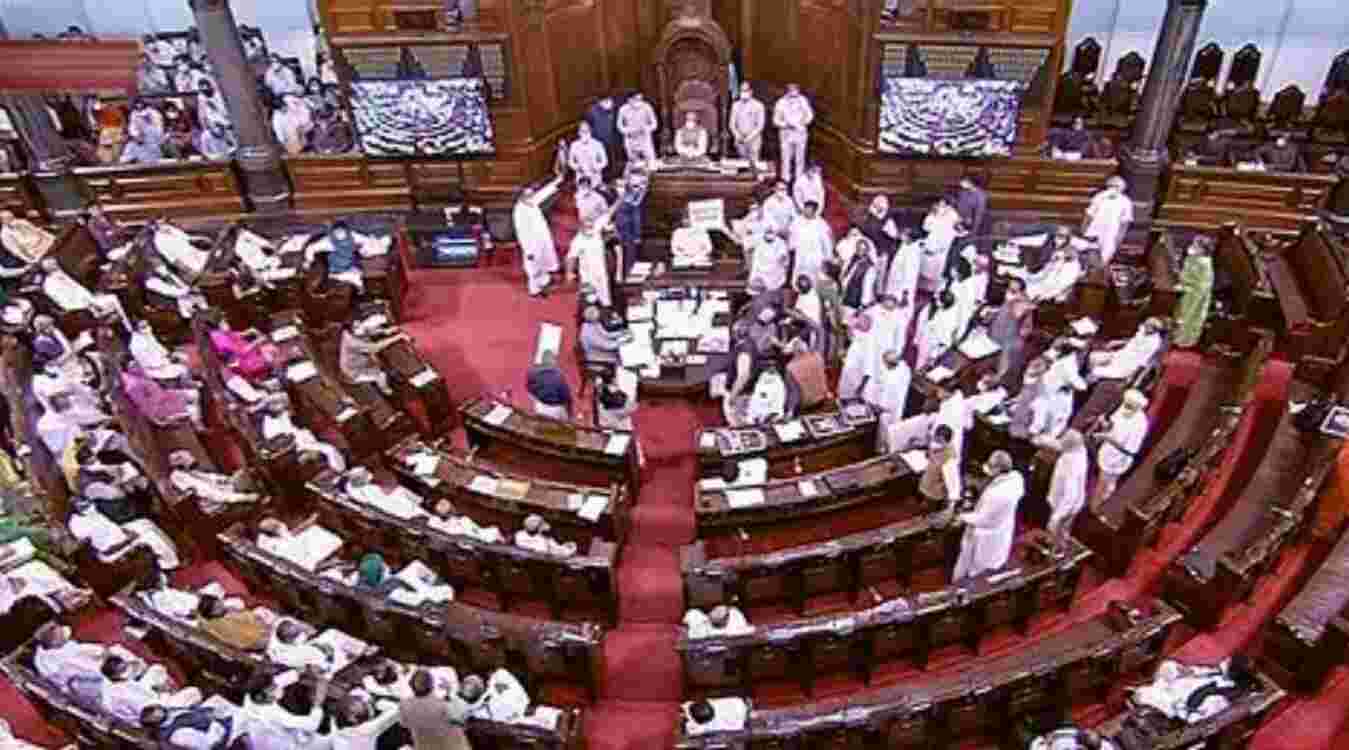Removing the ambiguities

Amid the rising rift between the government and the opposition during the monsoon session, there was unanimous convergence on one point — the passing of the 127th Constitutional Amendment Bill. The government aims to bring in greater socio-economic and political inclusivity with this legislation and the opposition almost nodded without the slightest resistance. But it also did not fail to raise the demands of caste census and lifting of 50 per cent ceiling on reservations. Now, these demands are being echoed by experts and community stakeholders and are backed by some reasonable arguments. The 127th Constitutional amendment overturned the 102nd Constitutional amendment wherein the Supreme Court had, in 2018, empowered the President to notify Socially and Economically Backward Classes (SEBCs) after consulting with the National Commission for Backward Classes. While this re-empowering of states is a welcome first step towards more inclusion, it lacks substantial backing. Apprehensions are being raised across various quarters about the pathway the states will adopt to bring the law on the ground. Firstly, the powers provided to the states remain meaningless unless there is appropriate data that would serve as a basis for the notification of communities. The demand for caste census — that could provide the required base — can be seen in this light. The states must know the exact composition and status of caste within their territory to notify them as SEBCs. Despite caste being a visible reality in India, it is perplexing that caste data has not been conducted in India since 1931. Though caste data was collected in the 2011 census but has not been publicized initially due to inherent technical flaws in the collection process; and lately because it has become 'old and unusable'. A persistent argument has been — from different political regimes — that caste data will create a wider gulf among castes and communities. These notions seem largely misplaced because we have been basing our policies until now on Mandal reports and other sources that are no less 'old'. Furthermore, caste is a reality that a large part of India lives with on a daily basis. Lack of exact information around the composition and status of castes will only lead to ambiguity and hurdles in policy formulation and implementation. Whatever may the source be — caste census or any other source — the criticality of caste data cannot be ignored. The passing of the 127th Constitutional Amendment Bill may earn political dividends for various parties but when it comes to impacting the reality, a more rigorous exercise awaits policymakers. Secondly, the lack of data serves as an opportunity for the influential social castes to tilt the benefits arising out from the amendment into their own favour. Caste equations and their relation with the power structure in rural India in particular, has to be understood on a comprehensive basis. It has, all throughout history, been more layered than is conceived. If appropriate data is not available in these areas, the 'gulf among castes and communities' is more likely to be widened than from enumeration of caste data. Another congruent demand that is being raised is of lifting the ceiling of 50 per cent in reservation — put in place by the Indira Sawhney case of 1992. Having a cap on reservation is no doubt essential to prevent disproportionate use of it as a political tool. But the 50 per cent ceiling across India lacks any substantial basis. This translates into a problem on the ground — socially and economically backward sections of population are present in different proportions across different regions and states of India. A uniform and abrupt capping could be better be replaced by a limit that is systematically deduced after a thorough analysis of data around castes. Back in 2006 itself, the Rajinder Sachar Commission report had identified at least three states, namely Jharkhand (60 per cent), Tamil Nadu (69 per cent) and Maharashtra (52 per cent) that had exceeded the reservation capping. These anomalies need to be removed from the legal system — and the possible answer once again is data around caste. Reservation had been instituted in India as a tool to bring lagging communities at par with privileged ones. But due to the political and economic benefits accorded under it, it has become a political tool, increasing the chances of exploitation of the legislation by politically and economically affluent classes. Legal and statistical ambiguities need to be done away with to improve the situation on the ground.



